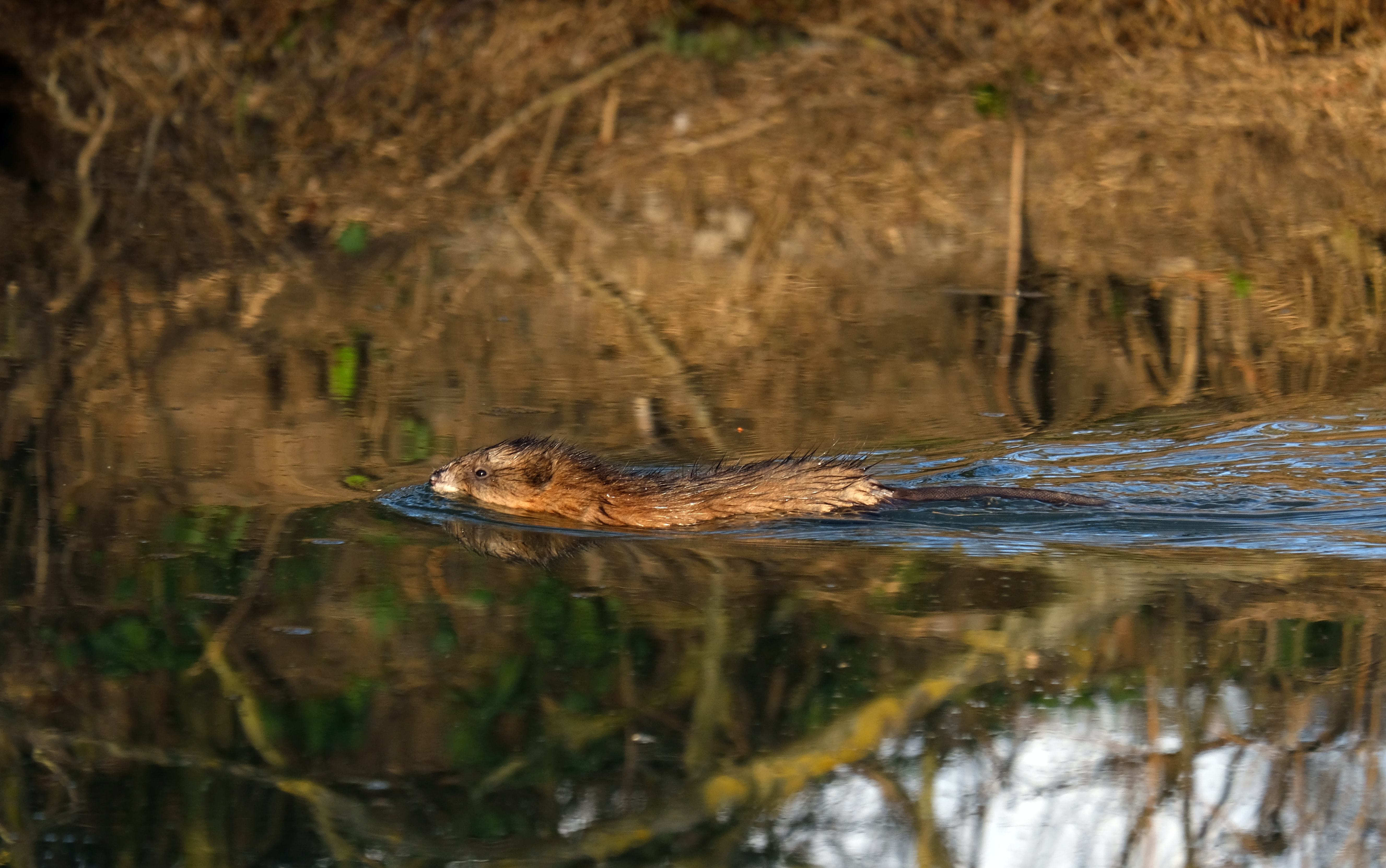Research roundup: U researchers establish baseline indicators for muskrat health in pristine ecosystems
July 8, 2021

As researchers across the country grapple with what might be behind the long-term and widespread population decline in muskrats, a piece critical to that puzzle had been missing: baseline physiological and blood health indicators for muskrats in pristine wilderness.
Previous research had come up with standard blood health values for muskrats in human-influenced ecosystems, but the University of Minnesota’s Tiffany Wolf, DVM, PhD, in the Department of Veterinary Population Medicine, and a team of scientists from Voyageurs National Park (VNP) and Kansas State University have recently documented health values in more natural muskrat habitat. Wolf and her team published their findings last month in the Journal of Zoo and Wildlife Medicine.
The scientists traveled to the Rainy River–Rainy Lake watershed—in VNP near the Canadian border—in the summers of 2018 and 2019 to trap, anesthetize, examine, and sample blood from 73 muskrats. Among the findings from the 53 males and 19 females, the researchers found white blood cell counts were lower than those documented in studies of modified muskrat environments. Lower levels of white blood cells, which the body uses to respond to infection and inflammatory disease, can indicate better health. One thing they did not find was evidence of toxoplasmosis, a parasite transmitted by domestic cats, which has been documented in muskrats in human-modified ecosystems.
Those findings suggest the watershed muskrats might be healthier, and likely more representative of overall muskrat health. If that’s the case, the researchers say, the baseline for muskrat health has shifted, and this new data should be considered in future research on the effects of landscape change on muskrat health.
As animal and environmental scientists continue to search for answers to explain the loss of muskrats, this new research will help provide the clearest picture yet of undisturbed population health in an animal who provides significant benefits to natural ecosystems.
Read the paper here.


